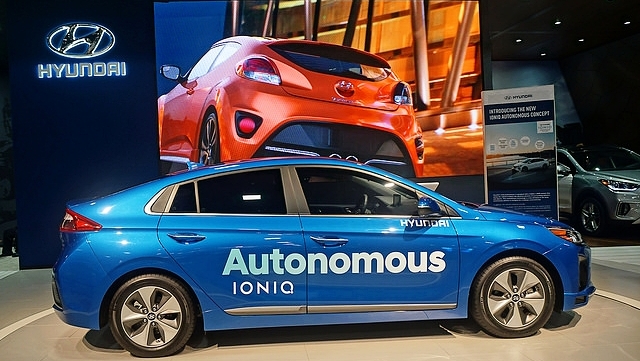A visitor to Mercy Health St. Mary’s Hospital in Grand Rapids, MI discovered a newborn baby abandoned in a car in the hospital parking lot, on the morning of June 12, 2017 and alerted police. The baby was not found in its parents' car but in an unknown man's vehicle. Officials are currently working to get to the bottom of the case. It has been reported that the baby’s 24-year-old mother is currently cooperating with investigators. However, it is still unclear whether or not the baby’s mother knows the man in whose car the baby was found.
Luckily, the baby, who appears to have been born within the last week, is in good health. However, the baby's abandonment is even more alarming because of the recent hot Summer weather in Michigan. Temperatures outside on Monday, June 12th reached the mid-90s, turning the inside of vehicles into ovens. It is of course, never safe to leave children or pets inside hot cars. The National Highway Traffic Safety Administration (NHTSA) reported that from 1998-2016, 700 children died from heatstroke in vehicles. 54% of these deaths were due to the child being forgotten in a car by a caregiver. While a few minutes in a hot car might sound harmless, in just ten minutes, a car can heat up to 20 degrees higher than the outside temperature, which can be enough to kill children who are left in vehicles. Additionally, children are often too young to alert others for help if they are trapped in an abandoned car.
Source: Kars4Kids.org
It is therefore important to “check for baby” before leaving the car, to ensure child hot car safety. Making it a habit to check the backseat before leaving the car can prevent children from being left behind on hot days. The non-profit organization Kars4Kids wants to help bring awareness to this important subject. They have developed an app to help forgetful parents remember that there is someone alive and breathing in the back of their vehicle, among the mountains of groceries.
They have created an app, called Kars4Kids Safety, which is designed to set off an alarm every time a phone that has the app leaves a vehicle. It does this by connecting to a car's Bluetooth technology to track when a user goes in and out of a vehicle. A customizable ringtone and option to add your child's photo make remembering to double check one's car as easy as posting on Facebook about your baby's first trip to the pool. Considering that even with windows rolled two inches down, a car can overheat at mercury-defying rates, Kars4Kids is helping fight for child car safety.
Not only is it important to make sure children aren't left in cars, but it is equally important to not allow them to break into a vehicle when adult attention is turned away. Cars may look like giant playgrounds to small children, but in reality they are powerful, dangerous machines that should only be used for driving and not for hide and seek. By locking the car when it is not in use and by keeping keys out of reach of children, children can be stopped from being able to get into a vehicle and potentially trapping themselves inside.
While most parents and caretakers unintentionally leave children and pets in cars because they were distracted and forgot about the quiet dog or sleeping baby in the back, others think it's ok to leave a child in a car because they'll be right back in just one minute. While these actions are dangerous to the child, they are not done with ill intent. The Grand Rapids baby on the other hand was presumably, intentionally, abandoned in a hot car in a hospital parking lot. It's a shame that this is how the mother decided to leave her child when, according to CBS Detroit, the State of Michigan allows people to surrender their newborn babies to hospitals and other emergency care providers, without having to worry about criminal charges. In fact, the mother could have left the baby safely with a health care professional in the hospital itself, where she presumably gave birth, and not outside in a hot car. No matter what, there is no excuse for leaving a child to die alone in a hot vehicle.
Driving with children always requires extra precautions, particularly in the Summer when scorching hot temperatures make vehicles burn to the touch. With the rescue and shelter resources available around the State of Michigan, there is no reason a child should be left behind. On June 12, a stranger saved a newborn baby's life. Next time, someone might not be there until it is too late.
Children should never be left in car on sweltering hot Summer days, for their own safety. If you so someone you know is in need of legal assistance relating to an incident of child car safety, contact The Michigan Law Firm, PLLC at 844.4MI.Firm for a free consultation.







